Top speed 173 km/h Wingspan 15 m First flight June 25, 1919 Manufacturer Junkers | Range 1,400 km Length 9.59 m Engine type Mercedes D.III | |
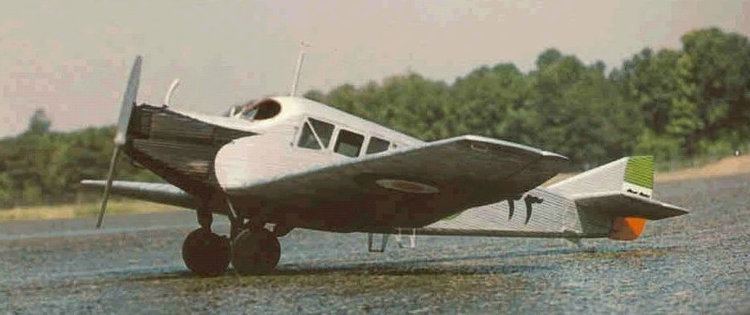 | ||
The Junkers F.13 (also known as the F 13) was the world's first all-metal transport aircraft, developed in Germany at the end of World War I. It was an advanced cantilever-wing monoplane, with enclosed accommodation for four passengers. Over 300 were sold. It was in production for thirteen years and in commercial service for almost twenty.
Contents
- Design and development
- Operational history
- Variants
- Operators
- Accidents and incidents
- Survivors
- Specifications F13
- References
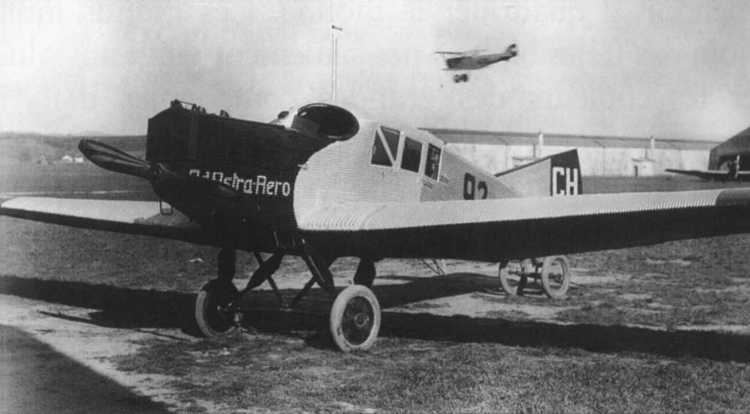
Design and development
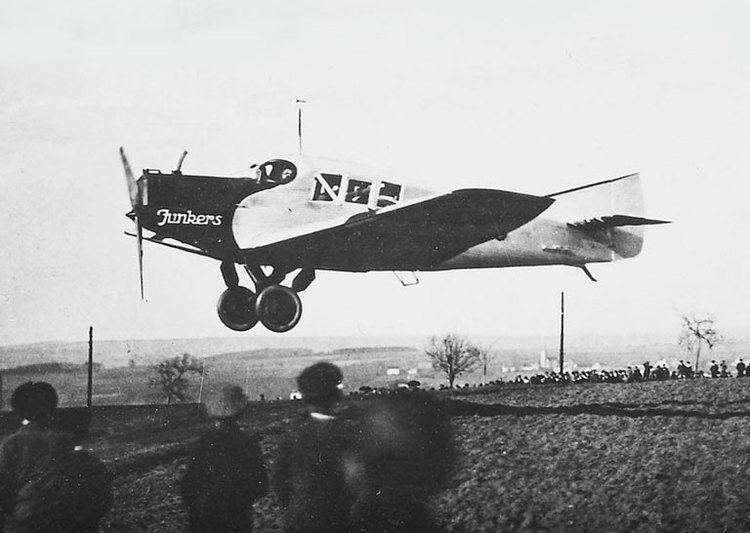
The F.13 was a very advanced aircraft when built, an aerodynamically clean all-metal low-wing cantilever (without external bracing) monoplane. Even later in the 1920s, it and other Junkers types were unusual as unbraced monoplanes in a biplane age, with only Fokker's designs of comparable modernity. It was the world's first all-metal passenger aircraft and Junkers' first commercial aircraft.
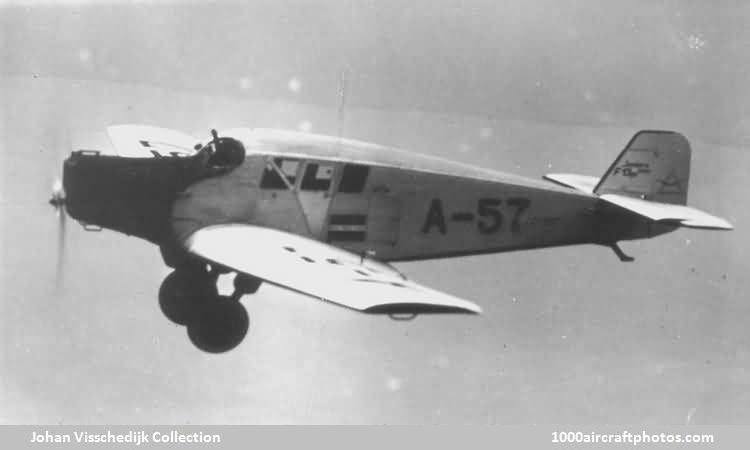
The designation letter F stood for Flugzeug, aircraft; it was the first Junkers aeroplane to use this system. Earlier Junkers notation labelled it J 13. Russian-built aircraft used the designation Ju 13.
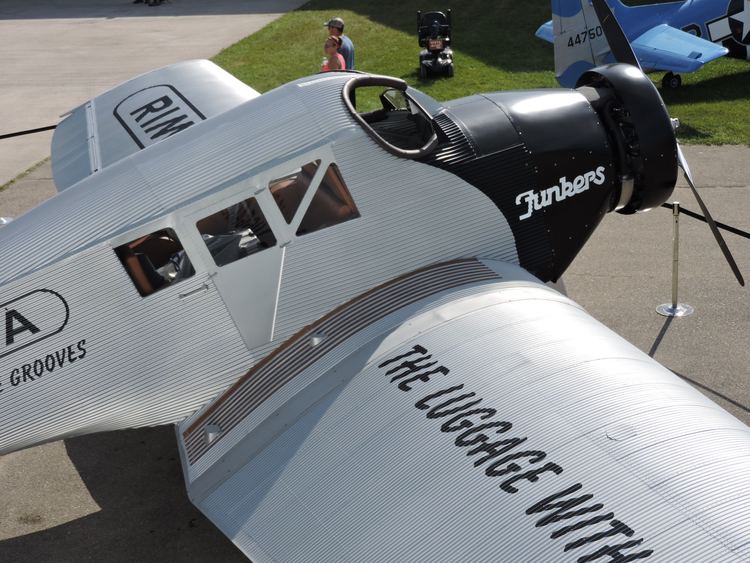
Like all Junkers duralumin-structured designs, from the 1918 J 7 to the 1932 Ju 46, (some 35 models), it used an aluminium alloy (duralumin) structure entirely covered with Junkers' characteristic corrugated and stressed duralumin skin. Internally, the wing was built up on nine circular cross-section duralumin spars with transverse bracing. All control surfaces were horn balanced.
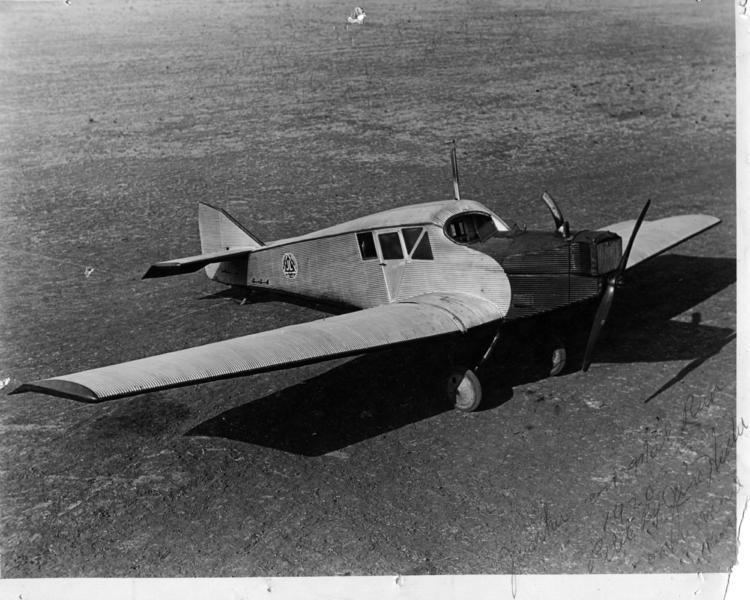
Behind the single engine was a semi-enclosed cockpit for the crew, roofed but without side glazing. There was an enclosed and heated cabin for four passengers with windows and doors in the fuselage sides. Passenger seats were fitted with seat belts, unusual for the time. The F.13 used a fixed conventional split landing gear with a rear skid, though some variants landed on floats or on skis.
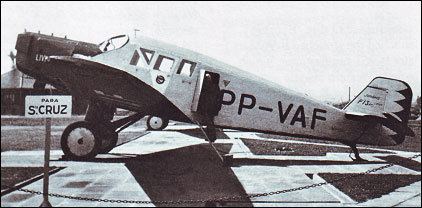
The F 13 first flew on 25 June 1919, powered by a 127 kW (170 hp) Mercedes D IIIa inline upright water-cooled engine. The first production machines had a wing of greater span and area and had the more powerful 140 kW (185 hp) BMW IIIa upright inline water-cooled motor.
Many variants were built using Mercedes, BMW, and Junkers liquid-cooled inline engines, and Armstrong Siddeley Puma, Gnome-Rhône Jupiter and Pratt & Whitney Hornet radial engines. The variants were mostly distinguished by a two letter code, the first letter signifying the airframe and the second the engine. Junkers L5-engined variants all had the second letter -e, so type -fe was the long fuselage -f airframe with a L5 engine.
Operational history
Any manufacturer of civil aircraft immediately after World War I was faced with competition from the very large numbers of surplus warplanes that might be cheaply converted – for example, the DH.9C. German manufacturers had further problems with the restrictions imposed by the Inter-Allied Aeronautical Commission of Control, which banned the production of warplanes and of any aircraft in the period of 1921–2. Junkers picked up orders abroad in 1919 in Austria, Poland and the USA and, in the following years with SCADTA (Colombia) and the United States Post Office Department. John Larsen Aircraft in the USA purchased a production licence, their machines being designated JL-6. In 1922 there were sales in England, France Italy and Japan.
In Bolivia, LAB's first airplane was a Junkers F-13; first flight took off from Cochabamba on September 23, 1925.
Junkers set up its own airline – Junkers Luftverkehr AG in 1921 – to encourage the acquisition of the F.13 by German airlines which was flying 60 of them by 1923. They also established a branch of this airline in Iran. Other marketing techniques were used, providing F.13s on cheap leases and free loans, with such effect that some 16 operators across Europe were flying them. When Junkers Luftverkehr merged into Luft Hansa in 1926, 9.5 million miles had been flown by them. Luft Hansa itself bought 55 aircraft and in 1928 were using them on 43 domestic routes. Even in 1937, their F.13s were flying over 50 flights per week on four routes. They were finally withdrawn in 1938.
Most of the F.13s produced before completion of the marque in 1932 were built at Junkers German base at Dessau. During the difficult 1921–3 period production was transferred to Junkers plants at Danzig and Reval. In 1922–3, Hugo Junkers signed a contract with the Soviet Union to produce the aircraft in a Soviet factory at Fili near Moscow which became known as "Plant no. 22". Some of these aircraft served Soviet airlines and some the Red Army.
There were some other military users. The Colombian Air Force used the F.13 (and the related W.33, W.34 and K.43) as bombers in the Colombia–Peru War in 1932–3. The Republic of China flew F.13s converted into scout bombers until the January 28 Incident in 1932, when they were destroyed by the Japanese along with the Shanghai Aircraft Factory. The Turkish Flying Forces flew a few.
A feature that made the F.13 popular internationally was the ease with which its landing gear could be converted to floats. During the formative years of commercial aviation, bodies of water such as rivers, lakes, seas and oceans were more abundant than landing strips and civil airports in many parts of the world, so seaplanes were commonplace and even, in some places, more useful than regular aircraft. Aside from the obvious addition of floats, little modification was needed for this conversion; however, the different configuration could cause issues with directional control, and so some models had their rudder extended to compensate for this.
From their introduction in 1919, commercial F.13s were in service for more than thirty years; the last commercial F.13 was retired in Brazil in 1951.
A German-Swiss project to build a reconstruction of the F.13 was launched in 2009; the aircraft first lifted off in September 2016. The reconstruction is equipped with radio and a transponder, and uses a 1930s Pratt & Whitney R-985 Wasp Junior motor, but is otherwise as close as possible to the original. Additional reconstructions are to be sold for $2.5 million apiece.
Variants
Operators
Accidents and incidents
Survivors
Specifications (F.13)
Data from Wagner 1996 p.155 & Turner 1971 p.20
General characteristics
Performance
